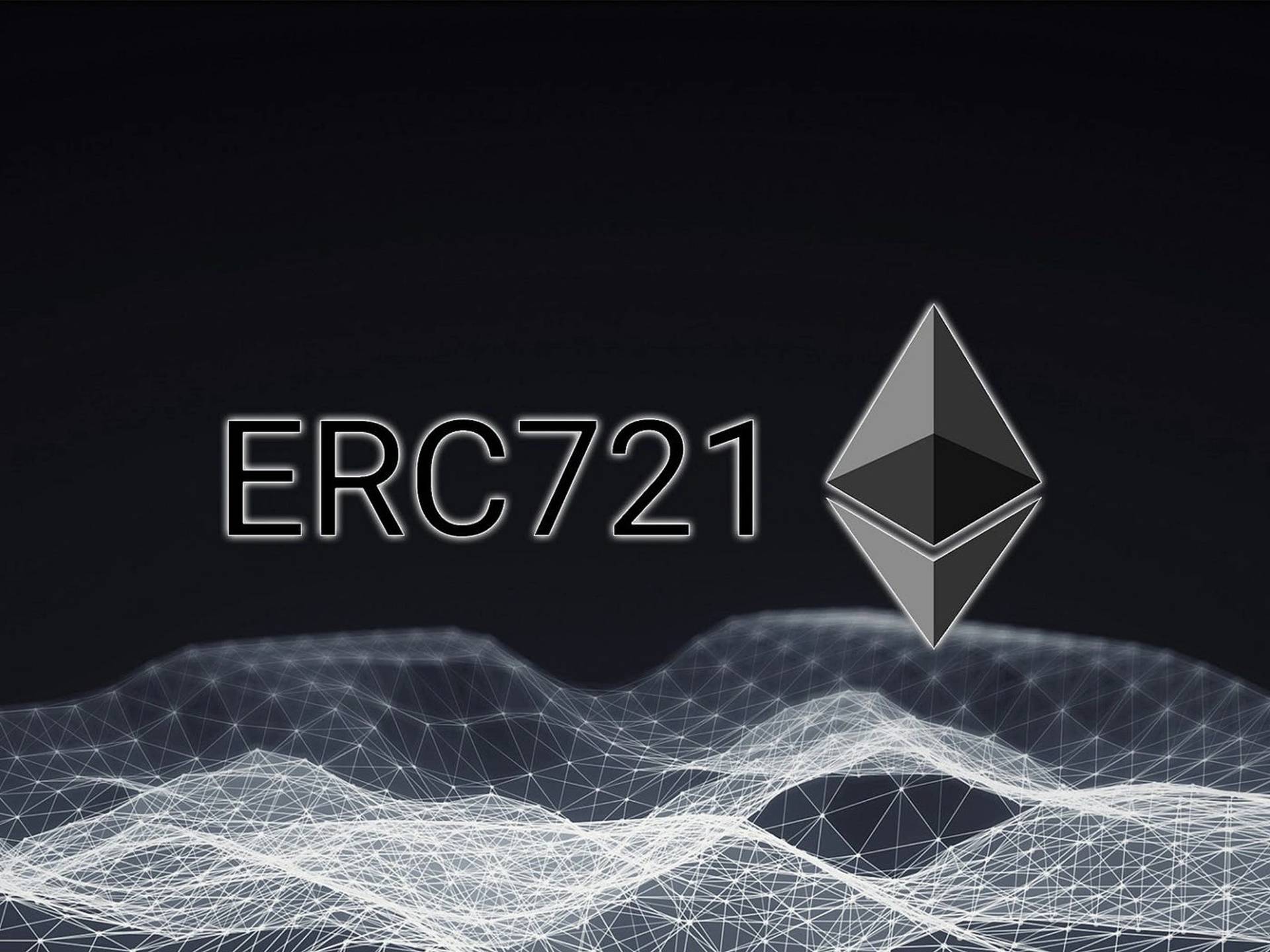위키 구독하기
Share wiki
Bookmark
ERC-721
ERC-721
ERC-721은 대체불가토큰(NFT)이며, 이더리움 블록체인 상에서 스마트 계약 내 토큰을 위한 애플리케이션 프로그래밍 인터페이스(API)를 구현하는 표준입니다. ERC-721 표준은 이더리움 블록체인에서 대체불가토큰의 디지털 소유권을 추적하기 위해 개발 및 구현되었습니다. 이를 통해 개발자는 NFT를 쉽게 배포하고 이더리움 생태계와의 호환성을 검증할 수 있습니다. [1][2][3]
개요
ERC-721은 개발자가 스마트 계약에 구현하여 NFT를 생성, 관리 및 이전할 수 있는 함수 집합으로 구성됩니다. 이 표준은 예술부터 게임, 수집품 등 다양한 NFT 생성을 지원합니다. ERC-721 스마트 계약은 토큰 소유권 기록을 유지하여 사용자 간의 안전한 토큰 이전을 허용합니다. [3]
역사
"Ethereum Request for Comments 721"을 의미하는 ERC-721은 2018년 1월 William Entriken, Dieter Shirley, Jacob Evans, Nastassia Sachs에 의해 만들어졌습니다. Dieter Shirley는 처음으로 ERC-721 사양을 이더리움 개선 제안(EIP)으로 제안했는데, 이는 이더리움에 새로운 표준을 도입하는 절차입니다. EIP는 대체불가토큰을 위한 표준 인터페이스 사양을 도입하여 주택이나 미술품과 같은 실물 자산, 양수 잔액으로 표현할 수 없는 대출과 같은 금융 자산, 고유한 새끼 고양이 이미지와 같은 가상 수집품, 그리고 이더리움 블록체인 기반의 분산형 게임인 CryptoKitties 등 NFT로 표현될 수 있는 다양한 유형의 디지털 자산을 설명했습니다. [1][2][7]
2018년 6월 ERC-721이 승인되면서 이더리움 애플리케이션을 위한 표준 프로세스인 Ethereum Request for Comments(ERC)로 이동했습니다. CryptoKitties가 ERC-721 베타 버전을 사용하여 출시되었을 때, 빠르게 바이러스처럼 퍼져 당시 이더리움 블록체인에서 가장 인기 있는 분산형 애플리케이션이 되었습니다. 그 성공은 ERC-721의 완전한 구현 가능성을 입증했습니다. [6][7]
2019년 5월, 표준 채택 후 신발 제조업체인 나이키(Nike)는 특허 출원 후 스니커즈 인증을 위한 NFT를 생성하기 위해 해당 표준을 활용하는 특허를 받았습니다. 마찬가지로 2020년 2월, 3D 가상 세계 브라우저 기반 플랫폼인 Decentraland는 토지와 가상 객체를 나타내는 ERC-721 NFT를 사용하여 구축되었습니다. [6][7]
장점
ERC-721 토큰은 상호 운용성, 프로그래밍 가능성, 소유권, 분할 소유권, 희귀성 및 고유성, 크로스 플랫폼 호환성, 지적 재산권 등 많은 장점을 가지고 있습니다. [3]
상호 운용성
ERC-721은 이더리움 네트워크에서 다양한 dApp, 마켓플레이스 및 지갑과 NFT의 상호 작용을 용이하게 하여 유틸리티와 접근성을 향상시킵니다. [3]
프로그래밍 가능성
ERC-721 표준을 통해 크리에이터는 게임 내 유틸리티, 로열티 등과 같은 추가 기능을 NFT 프로젝트에 구축할 수 있습니다. [3] ERC-721 기능은 다음을 지원할 수 있습니다. [1][8]
- 토큰을 한 계정에서 다른 계정으로 이전합니다.
- 계정의 현재 토큰 잔액을 가져옵니다.
- 특정 토큰의 소유자와 네트워크에서 사용 가능한 토큰의 총 공급량을 가져옵니다.
소유권
사용자는 투명하고 검증 가능한 소유권 기록을 통해 고유한 디지털 자산을 소유, 이전 및 안전하게 관리할 수 있습니다. [3]
분할 소유권
ERC-721 토큰은 더 작고 거래 가능한 단위로 분할될 수 있습니다. 이를 통해 더 넓은 대상이 귀중한 자산에 투자할 수 있습니다. [3]
희귀성 및 고유성
ERC-721로 구축된 NFT는 고유한 속성을 가진 독특한 아이템을 나타내므로 크리에이터와 수집가에게 귀중한 가치를 제공합니다. [3]
크로스 플랫폼 호환성
ERC-721 표준을 활용하면 NFT는 다양한 플랫폼과 애플리케이션에서 원활하게 작동하여 잠재적인 사용 사례의 범위를 확장할 수 있습니다. [3]
지적 재산권
ERC-721 NFT는 지적 재산권을 보호합니다. 이 표준은 크리에이터와 아티스트에게 자신의 작품에 대한 불변의 기록을 제공합니다. 또한 작품의 사용 및 재판매를 추적합니다. [3]
사용 사례
ERC-721은 디지털 아트 산업, 게임, 가상 세계, DeFi, 음악 및 미디어 등에 사용될 수 있습니다. [3]
디지털 아트 및 수집품
NFT는 디지털 아트 산업에 혁명을 일으켰습니다. 아티스트는 자신의 작품에 ERC-721 표준을 사용하는 플랫폼을 활용하여 고유한 토큰을 통해 자신의 작품을 수익화할 수 있습니다. OpenSea, Rarible, Art Blocks 등 여러 플랫폼에서 ERC-721 표준을 사용합니다. [3]
게임
ERC-721 토큰은 대부분의 블록체인 기반 게임에서 널리 사용되어 게임 내 자산을 고유하게 만듭니다. [3]
잘못된 내용이 있나요?
